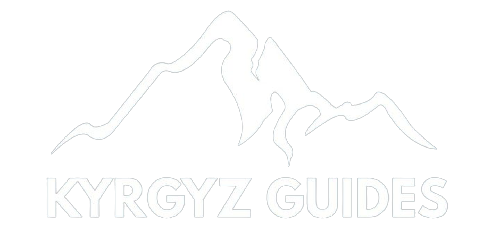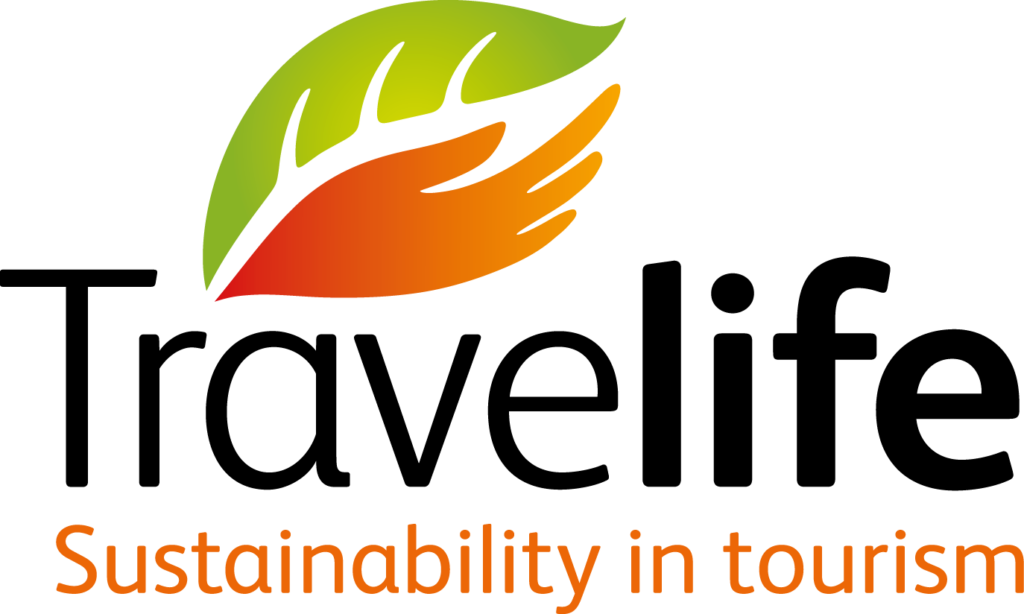Kyrgyzstan Travel FAQ
All necessary questions and answers you can find in our Kyrgyzstan travel FAQ. If you can not find, the information that you need, Always feel free to contact us
FAQ - Visa and Registration
1. What documents are necessary to enter Kyrgyzstan?
Many nations’ citizens can travel Kyrgyzstan without a visa for at least 30 days. Citizens of specific countries can get visas on arrival at Manas International Airport, while citizens of all nations can get e-visas. You can contact us to learn your visa status.
2. What is a border permit? How can I get one?
A Kyrgyz visa isn’t enough to travel all of Kyrgyzstan’s regions, since some require an additional border pass. Border permits take at least three weeks to process, so apply ahead of time. Places like Kel-Suu lake, Lenin Peak. We will prepare in advance or you can order a border permit from us. approximate price is 25$/person.
3. Do I need to register while in Kyrgyzstan?
Some nations’ citizens must register within five days of arrival in Kyrgyzstan. As a general rule, if you do not require a visa to visit Kyrgyzstan, you will not be required to register; nonetheless, please review the whole list to avoid any issues. If you will visit other Countries of Central Asia.
Kazakhstan, you will need to register yourself during in 5 days.
Uzbekistan is one significant example, where citizens can enter without a visa but must register. It is possible to register without using a tourist agency, but navigating the intricate bureaucracy requires more than basic Russian and a lot of patience. Failure to register might result in fines as well as difficulties in exiting the country.
FAQ - Before Arrival
1. What is the best season for trips to Kyrgyzstan?
Kyrgyzstan’s major tourist season runs from April through October. The snow in the Mountains is at its lowest levels during this time, allowing access to higher-elevation areas through trekking trails and roads. Son-Kul and Kel-Suu, for example, are only open from June to mid-September, whereas Tash Rabat is open from May until the end of September. Bishkek, Osh, and Lake Issyk-Kul, for example, are accessible year-round due to their lower heights and well-traveled transit routes. Ski resorts are offered for anyone who like snow activities in the winter.
2. What kind of weather can I expect?
Kyrgyzstan’s summers generally hot, while its winters are freezing (like any average continental climate). Even in the hottest months, temperatures in the mountains can be chilly, so travelers should pack appropriate clothes when venturing to higher elevations, regardless of the season. To guard against the sun at higher elevations, travelers should pack a brimmed hat, sunglasses, and sunscreen.
3. How can I get to Kyrgyzstan by air?
Kyrgyzstan operates direct flights to a some different countries. Moscow and Istanbul are the primary international hubs, and tourists are frequently routed through these two cities on their journey to Kyrgyzstan. Bishkek also has direct flights to Delhi, Dubai, Ulaanbaatar, Urumqi, and various Russian cities like as Yekaterinburg, Novosibirsk, and Krasnoyarsk. Flights to regional locations including as Almaty, Astana, Dushanbe, and Tashkent are also available, while there are no direct flights to Ashgabat. Domestic flights are also available to Osh.
4. Can I get into or out of Kyrgyzstan by land?
Kazakhstan to the north, Uzbekistan to the west, Tajikistan to the southwest, and China to the southeast have land boundaries with Kyrgyzstan. Some border crossings are closed to visitors, while others are only available for a limited time. Foreigners cross the border into and out of all four countries that border Kyrgyzstan on a frequent and reliable basis.
5. Should I bring any medicines to Kyrgyzstan? What can I buy there?
If you use prescription drugs, be sure you have enough to last the duration of your vacation. Prescriptions should be stored in their original containers, which should bear your name. Over-the-counter drugs are widely available in Kyrgyzstan, although they may not be identical to those available in your native country. As a result, we recommend that you carry over-the-counter drugs in their original boxes for common conditions including allergies, discomfort, and stomach issues.
6. What should I bring on a trekking?
We will offer sleeping mats, but as with any other journey, you should bring your own personal goods. Although sleeping bags may be rented, it is preferable to bring your own. Hiking boots, sunscreen, sunglasses, a sun hat, warm clothes, a raincoat, and a bag to carry everything should all be included. You are responsible for carrying your own personal possessions, however extra porters can be hired if you are unable to carry everything alone.
FAQ - After Arrival
1. Is it safe to drink tap water or on trekking?
The water in Bishkek is drinkable, however visitors are advised to boil it first. Bottled water is readily accessible and safe to drink practically everywhere in Kyrgyzstan. And it is impractical to take bottled water on long treks, the water that we will use, is boiled spring water.
2. Can you recommend any eateries or cafes? What is the cost of a lunch for two people?
A lunch in Bishkek will cost you roughly $10 per person, depending on what you choose and where you eat. Meals in other regions or smaller towns may be less expensive. We recommend Navat, Arzu, and Tyubeteyka for Kyrgyz food. Beijing Duck and Chinatown for Chinese cuisine. And Dolce Vita, Prego, and Navigator for European cuisine. We recommend Ocak Kebab for Turkish cuisine.
3. Are there vegetarian options available in Kyrgyzstan?
Many restaurants and home stays will be flexible in making meatless options or offering vegetarian options. If there aren’t vegetarian meals on the menu, there are plenty of foods (like fruits, vegetables, and bread) that don’t contain meat. Please notify us if you have dietary restrictions in advance so we can make sure to accommodate your requests.
4. What sorts of foods are available in Kyrgyzstan?
Traditional Kyrgyz dishes feature a lot of meat and bread, but lots of other foods are available too. The main meats are lamb, beef, and chicken. Pork is hard to find, since the population is majority Muslim. Fresh fruits and vegetables are common, especially in the summer (just make sure to wash them well before eating). There are many restaurants that feature Russian, European, or Chinese dishes, too, especially in Bishkek.
5. What happens if I have a medical emergency?
In Kyrgyzstan, medical treatment is generally available, and our guides and company will do everything possible to help you if you have a medical emergency. In the event that doctors or medical personnel do not speak English, we will provide a translation. Guides will be able to assist with basic first aid on treks. Climbers should take care to safeguard their safety and limit dangers in alpinism, since it is the most challenging scenario in which to provide assistance.



